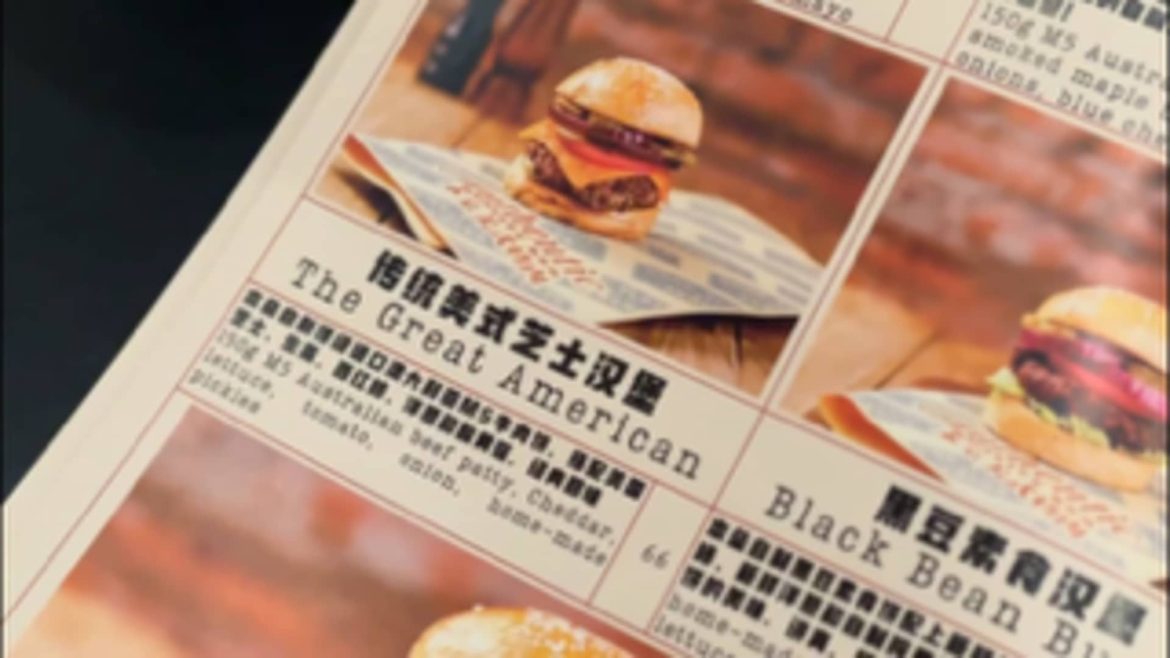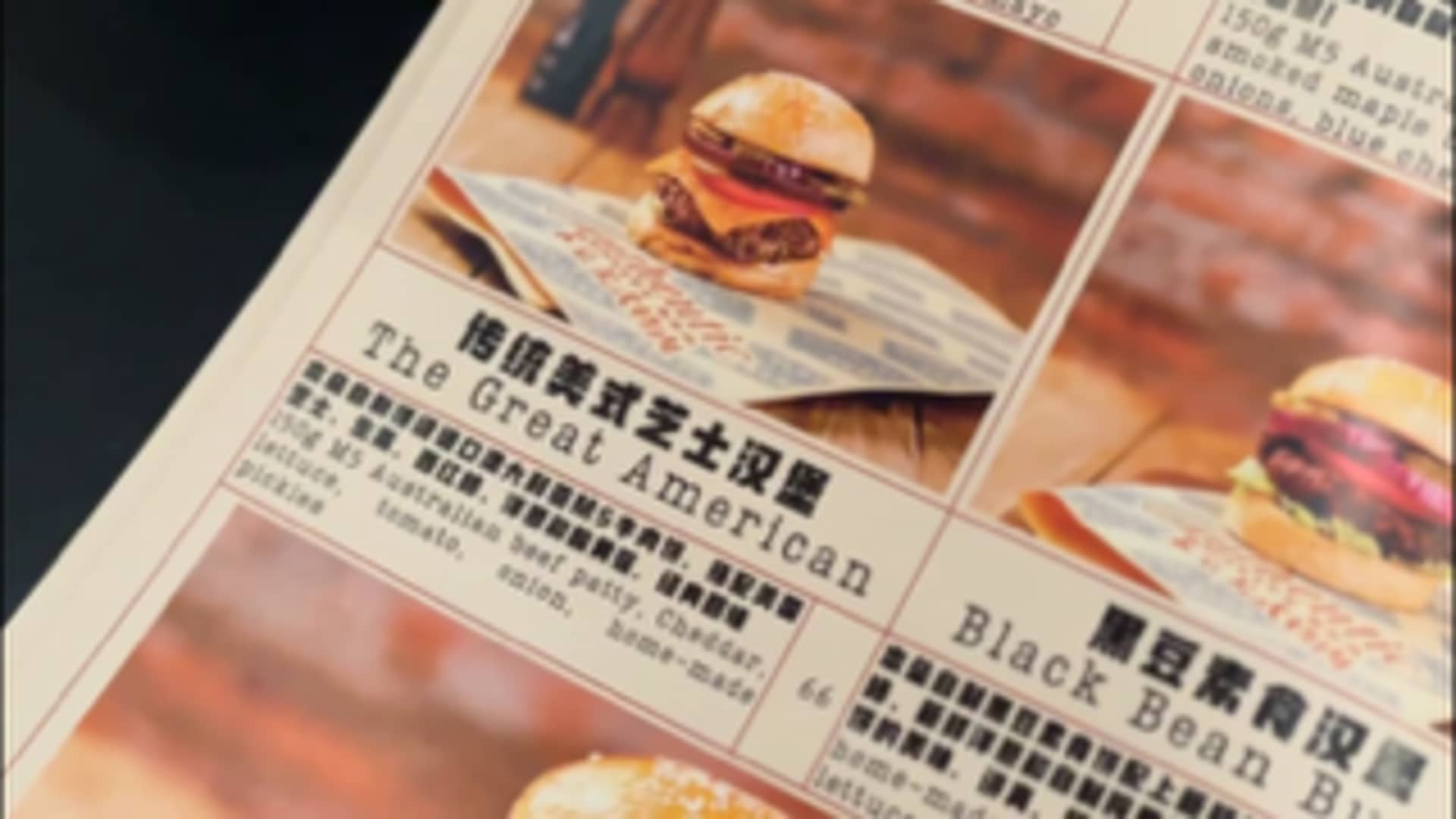In recent years, global trade dynamics have significantly reshaped food supply chains, with the beef industry vividly illustrating these shifts. A striking example emerges from China, where “The Great American” burger—an iconic symbol of American cuisine—is now frequently made using Australian beef. This phenomenon, a direct consequence of geopolitical tensions and trade policies, offers a fascinating case study at the intersection of international trade, culinary culture, and consumer preference.
Trade Turbulence and Its Impact on Beef Supply Chains
The backdrop to this culinary transformation is the ongoing trade war between the United States and China, which has led to heightened tariffs and import restrictions on American agricultural products, including beef. As a result, American-style restaurants in Beijing, such as the Home Plate BBQ, have struggled to maintain their original menus because U.S. beef—once their star ingredient—has become prohibitively expensive or outright unavailable in the Chinese market.
To adapt, these establishments have turned to Australian beef, which benefits from zero duty imports under the China-Australia Free Trade Agreement (ChAFTA). This agreement allows Australia to export large quantities of beef to China with minimal tariff barriers, making Australian beef a more cost-effective and reliable supply source despite the tumultuous trade climate. Chinese restaurants have found Australian beef more consistent in quality, a crucial factor for maintaining culinary standards, particularly for dishes associated with American cuisine.
Culinary Identity and Cultural Adaptation
The shift from American to Australian beef in a dish branded as “The Great American” burger illustrates broader cultural and branding nuances. The name ‘Great American’ evokes a strong identity tied to U.S. culinary heritage; however, the substitution of Australian beef reflects a pragmatic response to market conditions rather than a change in cultural affinity. This paradox highlights how global cuisines evolve in response to economic realities without necessarily losing their symbolic resonance.
Moreover, the phenomenon is part of a larger trend of localization within global food cultures in China. Some eateries reinterpret Western staples by incorporating local flavors or alternative ingredients, showcasing a fusion that both honors and reimagines foreign traditions. The persistence of the “American” label alongside Australian beef underscores an intriguing blend of authenticity and adaptation, where symbolic food identities coexist with new ingredient realities.
Economic and Agricultural Implications
The growing role of Australian beef in China’s market numbers among the major beneficiaries of shifting trade winds. With China importing about one-third of Australia’s grain-fed beef exports, this market surge has buoyed Australian cattle producers. Meanwhile, U.S. cattle supplies have hit multidecade lows, limiting American producers’ ability to compete on volume even beyond tariff challenges.
Australia’s ability to deliver reliable, high-quality beef at competitive prices has not only filled supply gaps in China but increasingly in the U.S. market as well, as the latter deals with domestic supply shortages and ongoing tariff impacts on imports. This dynamic has sparked debate over the quality and standards of various beef sources, with some critics questioning American beef’s quality compared to Australia’s leaner, grain-fed product.
Broader Trade and Diplomatic Context
The beef trade disruption is emblematic of wider geopolitical contestations affecting global agricultural flows. The U.S-China trade war has prompted realignments where countries like Australia and Brazil become pivotal players in markets traditionally dominated by the U.S. Furthermore, diplomatic tensions sometimes spill over into trade policies and consumer perceptions, influencing supply chains and consumer preferences.
It is also notable that despite difficulties in beef trade, other economic dependencies persist; for example, China continues to rely heavily on American aircraft and aerospace parts. This illustrates a complex interdependency where economic conflict in one sector does not translate into wholesale decoupling.
Consumer Experience and Market Response
From the consumer perspective, the presence of Australian beef in American-themed burgers in China has gone largely unnoticed or accepted. The quality and consistency of Australian beef offer reassurance for food service operators, who prioritize dependable ingredients to sustain their reputations amid shifting supply chains.
However, price fluctuations linked to tariffs and supply constraints have caused menu prices to rise, affecting both restaurateurs and patrons. Some establishments have had to make difficult decisions, such as removing traditional dishes or substituting ingredients, reflecting the direct influence of geopolitical factors on everyday dining experiences.
Conclusion: A Burger That Tells A Global Story
The transformation of “The Great American” burger in China from American to Australian beef encapsulates the broader complexities of modern global trade, cultural exchange, and economic adaptation. This humble sandwich has become a culinary canvas illustrating how international disputes, trade agreements, and supply chain realities shape the very food people enjoy around the world.
It reveals the fluidity of cultural symbols when confronted with practical constraints and highlights how global interconnectedness manifests in unexpected ways—sometimes in a burger bun halfway around the world. The story of the Australian beef-infused “Great American” burger is a savory reminder that behind every dish lies a rich tapestry of economic relationships and cultural dialogues.





